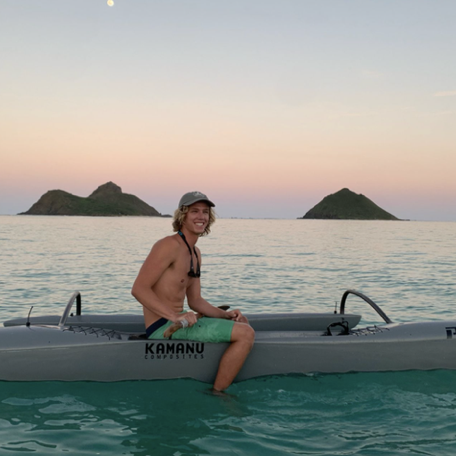The Neighborhood
Reef builders at Lalo
August 30th, 2023
For the first time in 15 years, we did in-water marine debris surveys at Lalo (French Frigate Shoals). It was incredible to think that we were the first people to see this place under water in so long. I had no idea what to expect. Is Lalo going to be a pristine and untouched paradise? Or is it going to be a net-ridden wasteland? Well, the answer turned out to be a little bit of both. The reefs at Lalo were probably the healthiest reefs I have ever seen, with extremely high levels of live coral cover. It was truly mind blowing. It was like swimming through a rainbow colored rainforest. Not only were the reefs incredibly diverse, but they also had some Hawaiian corals I had never seen before, including corals in the genus Acropora which are only found in a few places throughout Hawai’i.
While Lalo did not have the quantity of marine debris that we see at some of the other islands, there was still a substantial amount of marine debris, as we removed over 11,000 Ibs in three days. Furthermore, the debris that we did find had a devastating impact, because the coral it was impacting was so pristine. A net at Lalo is like a bull in a China shop. If the bull was in a plastic cup store I might not feel as bad, but to see it rip through a China shop is tough. Overall, the reef at Lalo was incredibly healthy and unbelievably beautiful, but the effects of marine debris still made their mark.
Here is a little more about some of the reef builders at Lalo…
Genus Name: Pocillopora
Common Name: Cauliflower coral
Building type: Treehouse apartment buildings
Species rundown:
Colonies of cauliflower coral can often be found scattered across rocky substrate or nestled in fields of mounding corals. The branches of these corals twist and turn creating large stand-alone structures that create living space for many of the reef’s creatures. It isn’t uncommon to find a mix of crabs, shrimp, and fish living together in the cracks and crevasses of a single colony.
Marine debris effects:
As nets roll across a reef, they will often catch on branches of pocillopora colonies. The power of the net will rip the colonies off the substrate and bring the coral along for the ride creating a pocillopora/net sushi roll.
Genus Name: Acropora
Common Name: Table/Elkhorn/Staghorn Coral
Building type: Extraterrestrial skyscrapers
Species rundown:
Acropora are only found in a few places throughout the Hawaiian Islands, with the epicenter of their population being at Lalo. Unlike any other species of Hawaiian coral, Acropora are no doubt the extraterrestrial skyscrapers of the reef. These corals are master shape shifters and can grow in many different forms from giant tables to treelike pinnacles.
Marine debris effects:
With strong foundation points, Acropora will often become entangled by net and hold a net in place. Over time, the net will biofoul (stuff will grow on it), become heavy, and cover the coral. As some Acropora are also easily fragmented, nets can also rip off pieces of Acropora as they go by.
Genus Name: Porites
Common Name: Finger/Mounding coral
Building type: Rolling hills of the shire
Species rundown:
As we transit from Lalo to Kamokuokamohoaliʻi, we sit in the galley of the ship eating lunch and Watching Lord of the Rings (R&R is an important part of the net pulling lifestyle). As I reminisce about our previous day’s ops., I can’t help but think how much the endless fields of Porites remind me of the rolling hills of the shire. Stretching out as far as the eye can see, Porites creates what look like rolling hills, colored with greens, yellows, blues, and purples. These mounding corals create a lot of the base structure of the reef. It is as if the reef is a tree speckled countryside, with the hills being made of Porites, and the trees being made of Pocillopora and Acropora. While Porites does create large mounds, it can also grow as a finger coral, where it looks like thousands of fingers are sticking up out of a small rainbow-colored hill.
Marine debris effects:
Hills of Porites are kind of like a field of wildflowers, and there’s nothing a giant net loves more than to go lay down in a bed of flowers. Just like wildflowers, coral needs sunlight to live, and having a net laying on you doesn’t allow much sunlight to come through. Just like leaving a net on your lawn for too long would make a brown spot where the net was, leaving a net on a lawn of Porites makes a brown spot on the reef.
Max Moonier




